In Game 1 of the Western Conference Semifinal duel between the Los Angeles Lakers and Golden State Warriors, the Lakers posed a problem for which Golden State could not solve: Anthony Davis. Tallying 30 points, 23 rebounds, five swats, and four dimes, the star center lorded over the interior on both ends en route to a 117-112 victory inside Chase Center. All night, the Warriors couldn’t exile him from the paint and it cost them homecourt advantage in this California showdown.
Two nights later, Davis didn’t have his way in the paint. He made cameos, but that place was not his domain. Golden State cruised to a 127-100 win and tied the series at 1-1 heading to the City of Angels. At least for a game, the Warriors quieted the clamor of their troubles. And they did it, as they’ve always done in this dynastic era, behind Stephen Curry and Draymond Green, the steadfast problem-solvers of their championship aura. They start fires for opponents and put out fires for themselves.
On Tuesday, Davis camped off of non-shooters Green and Kevon Looney while the Lakers’ perimeter stoppers top-locked Golden State’s shooters to neutralize its flurry of off-ball screens. Top-locking invites back-cuts, but passing windows to those cutters were, at best, thin, as Davis omnipresently lurked. It’s basically the exact strategy the Warriors employed with Looney to slow Domantas Sabonis and the Kings’ top-ranked, motion offense in the opening round.
Golden State’s attack didn’t crumble exactly. Its 95.4 offensive rating in the half-court ranked in the 48th percentile, per Cleaning The Glass. Yet it got nothing going at the basket and were coaxed into contested midrange jumper after contested midrange jumper, with Davis’ sprawling limbs in the neighborhood. The Warriors only took 12 shots around the rim and went 9-for-27 (33.3 percent) on looks between four and 14 feet.
This is a jumper-heavy team (29th in rim frequency in the regular season), but to thrive in this series, it couldn’t allow Davis to turn the paint into his own personal parking spot for a week and a half. So, in Game 2, the Warriors kept it easy and shifted from their motion-heavy ethos to spamming ball screens between Curry and Green. In Game 1, Curry’s average touch lasted 3.84 seconds, according to NBA.com. In Game 2, that vaulted to 4.93 seconds, underscoring his amended on-ball usage.
To limit Curry’s scoring and pull-up triple volume, Davis played at the level of the screen and Los Angeles elected to spring Green free for 4-on-3 situations instead. Curry only took 12 shots and scored 20 points, but he and his longtime ball-screen buddy combined for 21 assists to five turnovers. Every starter scored at least 11 points. The Warriors’ rim frequency leapt from 11 percent in Game 1 to 22 percent in Game 2. Without Davis haunting them, they shot 11-for-23 on field goals between four and 14 feet this time. Their half-court offensive rating was 117.8 (96th percentile). They generated a quality shot almost whenever they wanted with Curry at the pick-and-roll controls and exploited the Lakers’ shoddy backside rotations.
Los Angeles is now confronted with its own problem to solve: how does it corral Curry in the pick-and-roll? Does it put someone else on Green, which it briefly dabbled with in the second half, and let Davis stay near the rim more often? Does it play softer coverage and *gulp* dare Curry to parlay an individual explosion into team-wide potency? What’s the solution to this dilemma? It’s a complex issue resulting from Golden State’s offensive simplification.
On the other end, Green assumed the primary responsibility against Davis rather than Looney, who earned the job in Game 1. Looney’s a tremendous defender, but some of his most pressing issues come into focus in that matchup. The 6’11 Davis proved too agile and springy for the ground-bound, slow-footed 6’9 Looney — who, it must be noted, was replaced in the starting lineup by JaMychal Green because he was not feeling well.
Swapping in Green also enabled him to guard more ball-screens as the big man, given a chunk of Davis’ Game 1 production came via the pick-and-roll. Green’s quicker and more dexterous than Looney. Those attributes helped stymie the towering Davis, both in altering the shots he did take and muddying his touches. He logged eight fewer shots and seven fewer free throws. Green led the way in those disparities and weakside rotations were more aggressive in deterring pocket passes by helping off shooters.
After the loss, Davis told reporters that his shots were the same in Games 1 and 2. In some facets, I think that’s a fair assessment. Davis misfired on a few attempts he knocked down two days earlier during his masterful performance. Green, though, ensured that while some shots may unfold in similar processes and spots, the actual shots themselves wouldn’t be as straightforward. The decline from 19 shots and eight free throws to 11 shots and one free throw adds another layer of distress, and punctuates Green’s efforts.
In both games, Golden State’s emphasized exploiting Los Angeles’ tenuous floor-spacing and funneling volume to the midrange (57 percent frequency thus far). Davis thrived against that approach in Game 1, going 9-for-14 from midrange. That changed Thursday, when he was 4-for-10 from midrange. Golden State’s defensive scheme, shepherded by its decade-long, boisterous problem-solver, helped enforce the dichotomy (natural shooting variance had a hand, too, surely).
During the regular season, Davis’ rim frequency was 47 percent. Against the Memphis Grizzlies last round, it was 47 percent. Through two games in this series, it’s 13 percent. The mandate for the Warriors appears to be keeping him away from the hoop. He saw an array of open shots in Game 1 against that tactic. Green closed down some of that space in Game 2 and prevented him from being the focal point of possessions as regularly.
In Game 4 of last year’s NBA Finals, Golden State was reeling. The Boston Celtics led the series, 2-1, and were pursuing a 3-1 lead at home, having slight dominion over most of the action midway through the fourth quarter. But Curry would not relent. He poured in 43 points and evened the series. Six days later, he scored 34 points in a closeout Game 6.
Green, meanwhile, shut off the Celtics’ water offensively for those three consecutive victories culminating in a title. He erased drives, skirted shooters off the arc, darted into help rotations and offered a flood of pressure on the perimeter. It was a masterful showing from a masterful defender.
The Warriors’ worries in the Finals, once glaring and disconcerting, were no more. Curry and Green extinguished them. They did it again Thursday, straining the domineering Davis into problems he and the Lakers must now address.
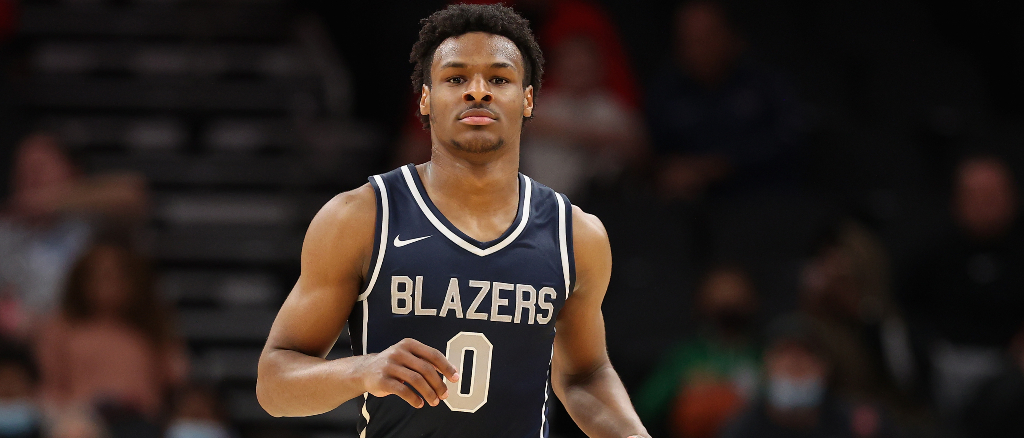

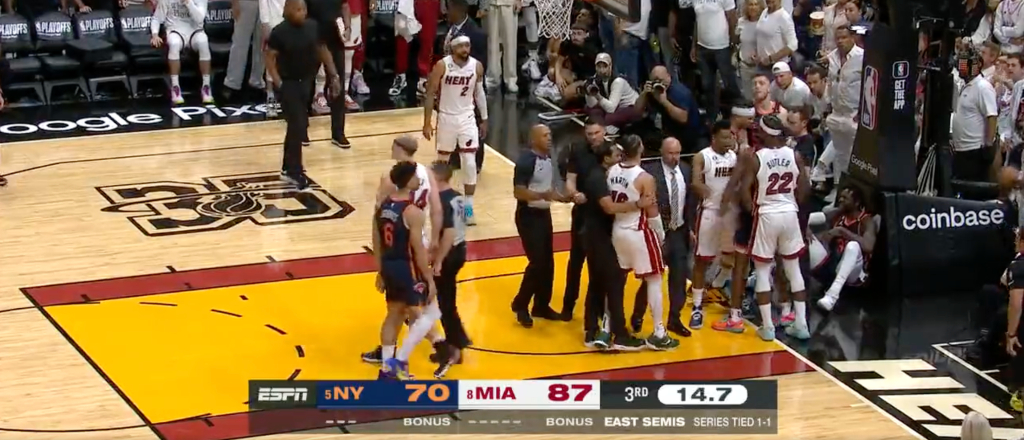


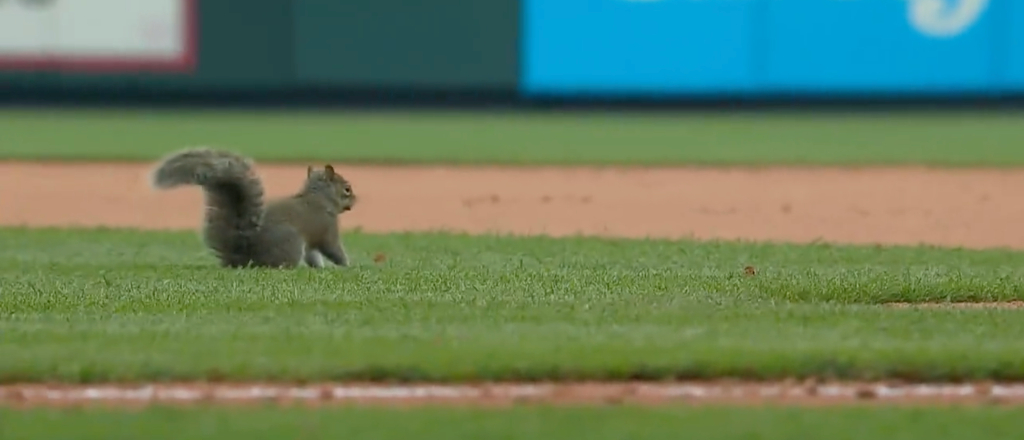
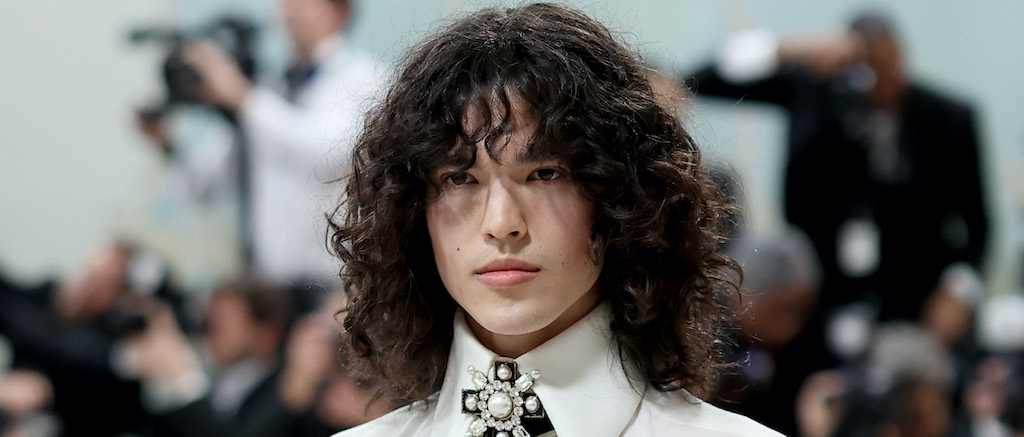

 (@tsdaylightss)
(@tsdaylightss) 


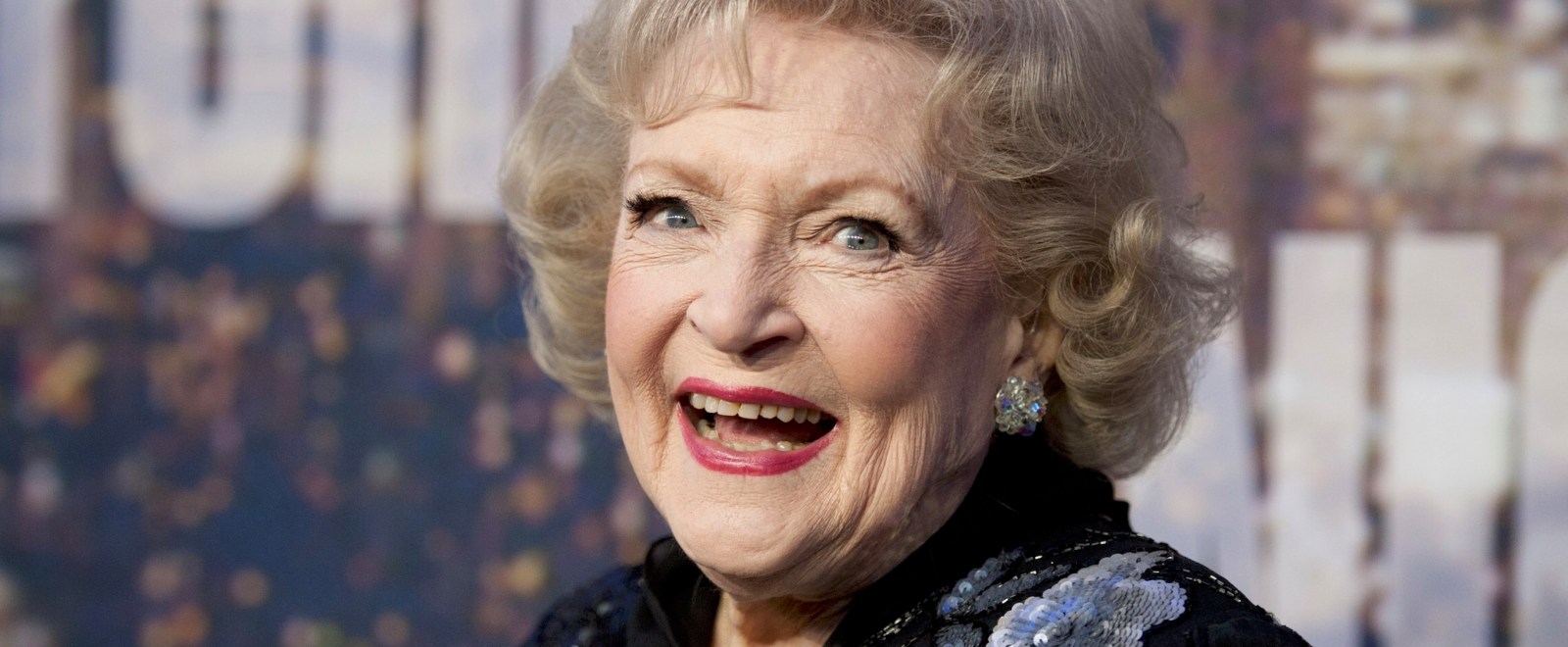


 (@SunnyBunny_54)
(@SunnyBunny_54) 
 (@Uchihaddy)
(@Uchihaddy) 

 (@Weso3K)
(@Weso3K)  (@Kameron_Hay)
(@Kameron_Hay)  (@big_business_)
(@big_business_) 
 (@jackharlowmemes)
(@jackharlowmemes) 